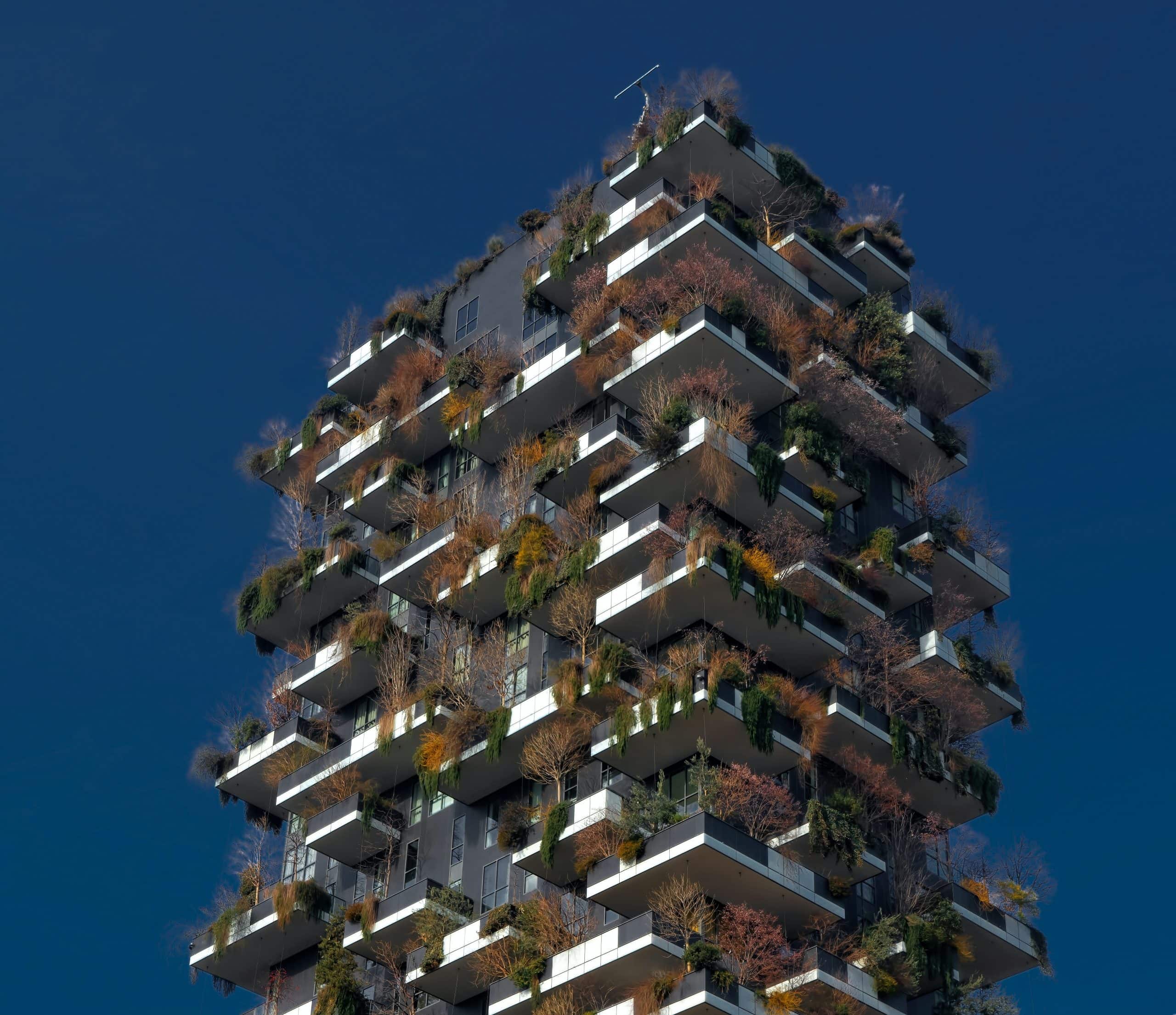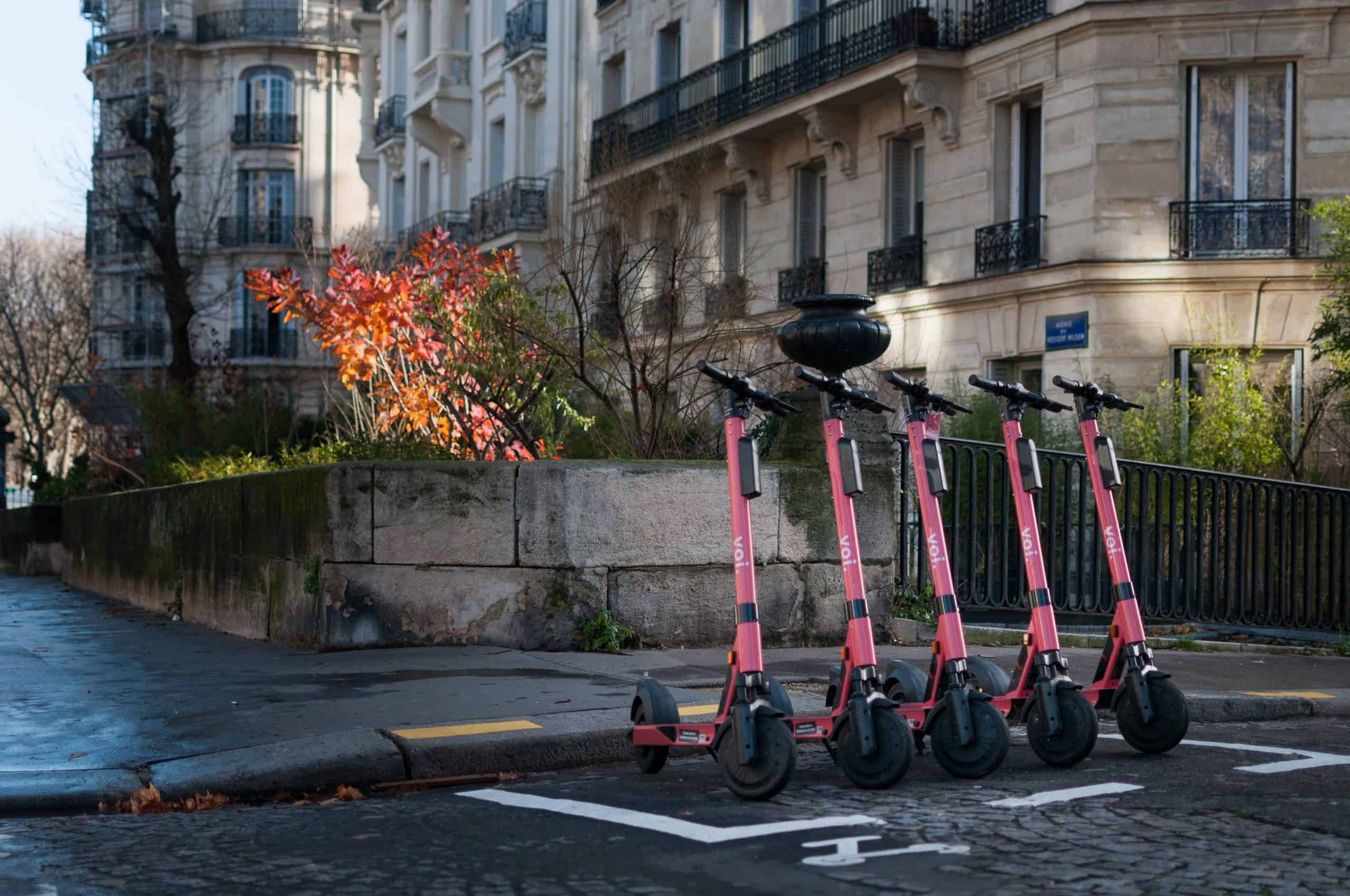Are you a UX/UI designer eager to integrate sustainability practices into your work? Or perhaps, are you just curious about how sustainability fits into the world of design? Either way, this article is for you. The aim here is to explore various ways in which UX/UI designers can incorporate sustainability principles into their work.
"Sustainability is no longer just about reducing our environmental impact, but it's also about creating experiences and solutions that stand the test of time and consistently deliver value."
In the digital age, sustainability transcends the stereotypical understanding of reducing, reusing, and recycling. We need far-reaching ideas and strategies that strengthen the core of innovation. As a UX/UI designer, your role is pivotal. You are not just solving today's problems but you're also paving the way for a more sustainable future.

What will this article offer?
- Understanding the concept of sustainable UX/UI design
- Practical strategies to embrace sustainability in your design process
- Insights from leading designers who have successfully integrated sustainability into their work
Your journey to becoming a more responsible UX/UI designer starts here. Let's delve into how you can design digital experiences that not only meet the user's needs today but also preserve valuable resources for the future.
Have you ever considered the environmental impact of your UX/UI designs? As unusual as it may sound, even the digital world leaves a carbon footprint. By integrating sustainability principles, we can inspire responsible consumption and make strides towards reducing this footprint. Below are some ways you can begin this journey:
- Emphasizing essentialism: Remember, less is more. Do you really need flashy graphics or complex animations? These energy-hungry elements can increase the device's energy consumption and consequently, its carbon footprint. The focus should be on delivering a user-friendly, efficient and clean design.
- Promoting dark mode: Dark mode is not just visually appealing, but it also reduces energy consumption on OLED and AMOLED screens. Encouraging users to switch to dark mode can be a step towards sustainability.
- Prioritizing performance optimization: A efficiently performing app or website uses fewer resources, both of the server and the user device. You can contribute to this by simplifying your design and reducing data consumption.
- Implementing Green hosting: Many web hosting companies operate on renewable energy or carbon offset policies. Supporting these companies is a significant step toward a sustainable web.

Sustainability in UX/UI Design
No doubt, changing your design process is no easy task. However, by incorporating these principles, you not only become a responsible UX/UI designer but also contribute to a better, sustainable future. Ready to transform your design process and also encourage others to do so? Let's dive deeper.
| Principle | Action |
|---|---|
| Essentialism | Minimise the use of energy-hungry elements in your design. |
| Dark Mode | Promote the use of dark mode amongst your users. |
| Performance Optimization | Streamline your design for efficient performance and lower data consumption. |
| Green Hosting | Choose web hosting platforms powered by renewable energy or those with carbon offset policies. |
“The choices we make as UX/UI designers have a broader impact. It's high time we design with an eye on the future and make sustainable choices.”
In conclusion, incorporating sustainability principles into your UX/UI design practice may feel like a paradigm shift. But remember, every step you take towards sustainable design, no matter how small, contributes to a more sustainable digital future. Ready to make that change?

